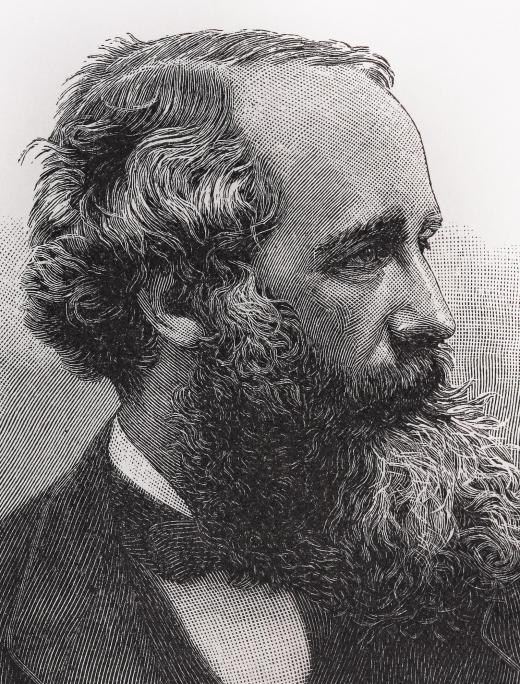What are Maxwell's Equations?
 Malcolm Tatum
Malcolm Tatum
Maxwell’s Equations have to do with four distinct equations that deal with the subject of electromagnetism. Interestingly enough, the originator of these equations was not the person who chose to extract these four equations from a larger body of work and present them as a distinct and authoritative group. First presented by Oliver Heaviside and William Gibbs in 1884, the formal structure of Maxwell’s Equations is based on the work of James Clerk Maxwell during the 1860’s.
Each of the four components of the set of equations are configured to address four different aspects of electromagnetism. As a group, Maxwell’s Equations seeks to articulate the relationship that exists between the electric charge, the magnetic field, the electric field, and electric current. Of the four equations that are part of this group, only one was actually developed by Maxwell himself. The other three were preexisting understandings posited by others in the field and interpreted by Maxwell in his 1861 work “On Physical Lines of Force.”

However, the explanations that were made by Maxwell, along with the manner in which he connected the fundamentals of Ampere’s Law, Faraday’s Law, and Gauss’s Law proved to be compelling research and was widely received. With only some slight changes to allow for developments in the study of electromagnetism, Gibbs and Heaviside extracted these four elements from Maxwell’s earlier work and named the combination Maxwell’s Equations.
There is also a second set of Maxwells equations that is sometimes confused with the primary set of four. Derived from Maxwell’s 1865 work “A Dynamical Theory of the Electromagnetic Field,” this combination of equations totals eight. Within this body of eight equations, six of them are actually constructed in a pattern that contains a set of three sub-equations. In terms of relating the ideas behind the equations contained in each distinct set, the four equation group more or less equates to the ideas that are found in the larger set of eight more complicated equations.
Whether referring to either the set of four Maxwell’s Equations or the larger and more comprehensive set of eight, the concepts contained within the equations continue to inform the study of electromagnetism.
AS FEATURED ON:
AS FEATURED ON:











Discuss this Article
Post your comments